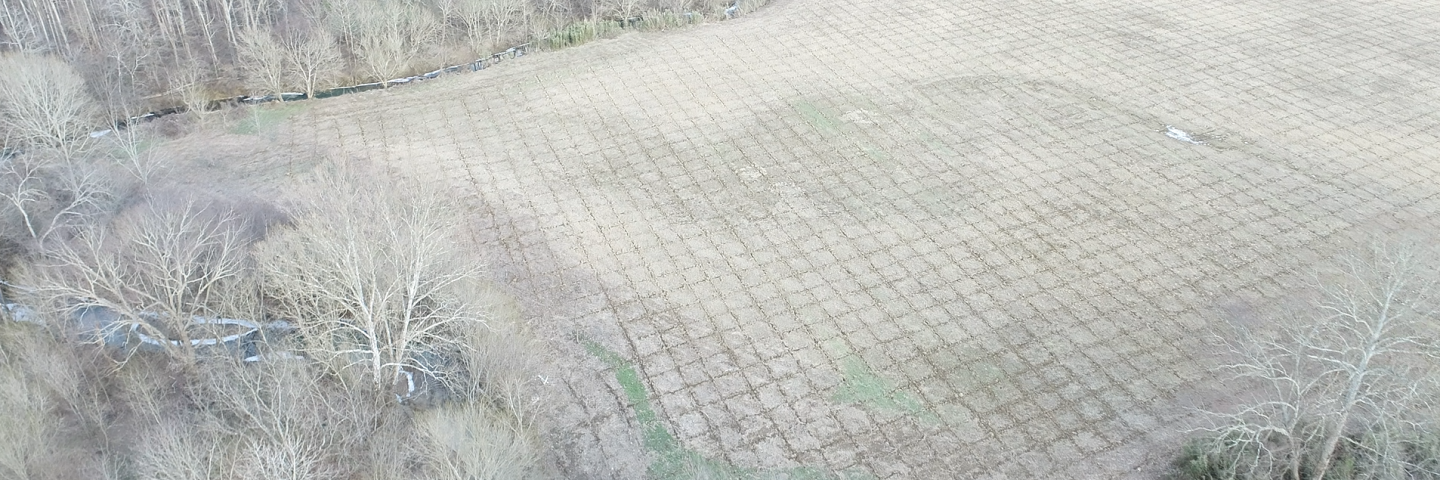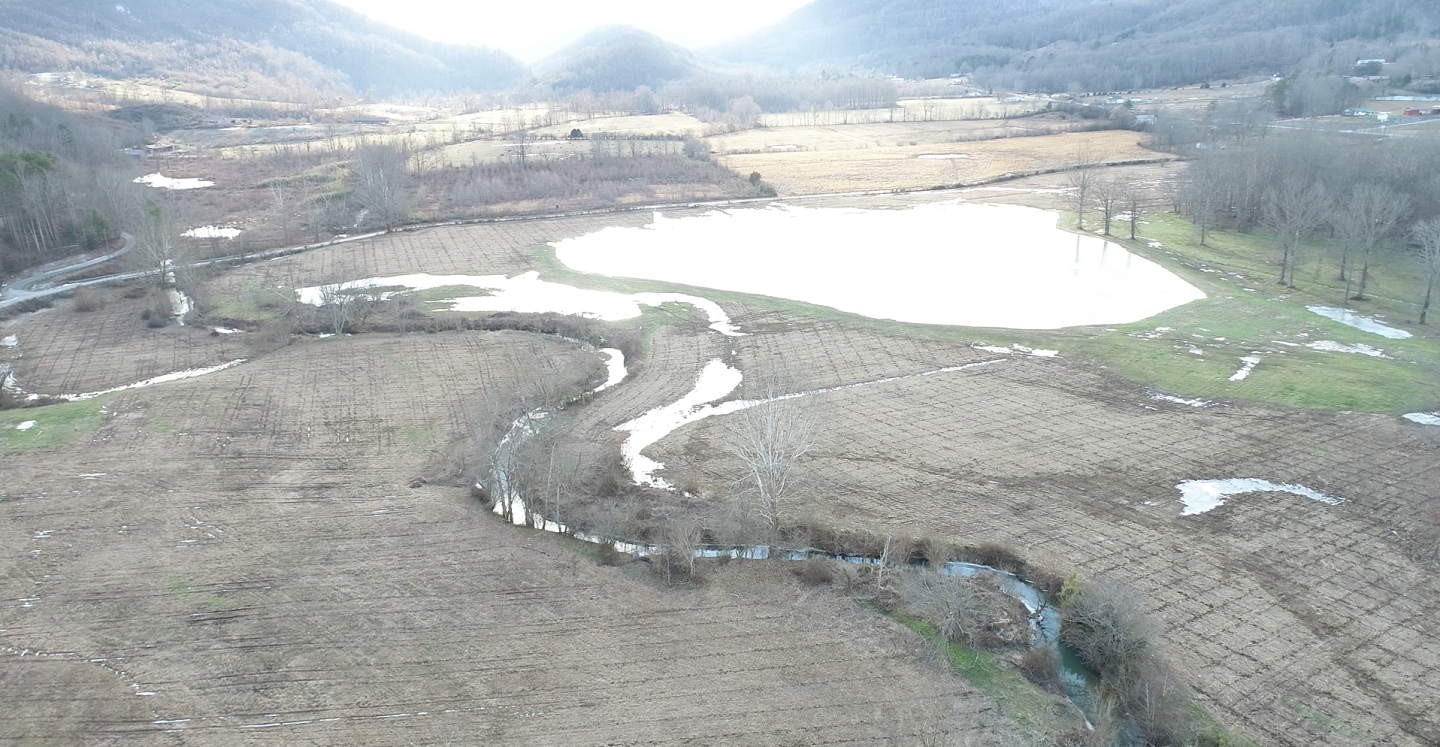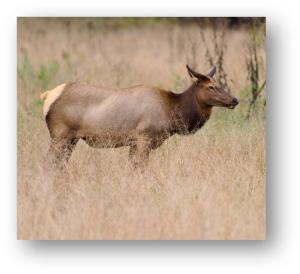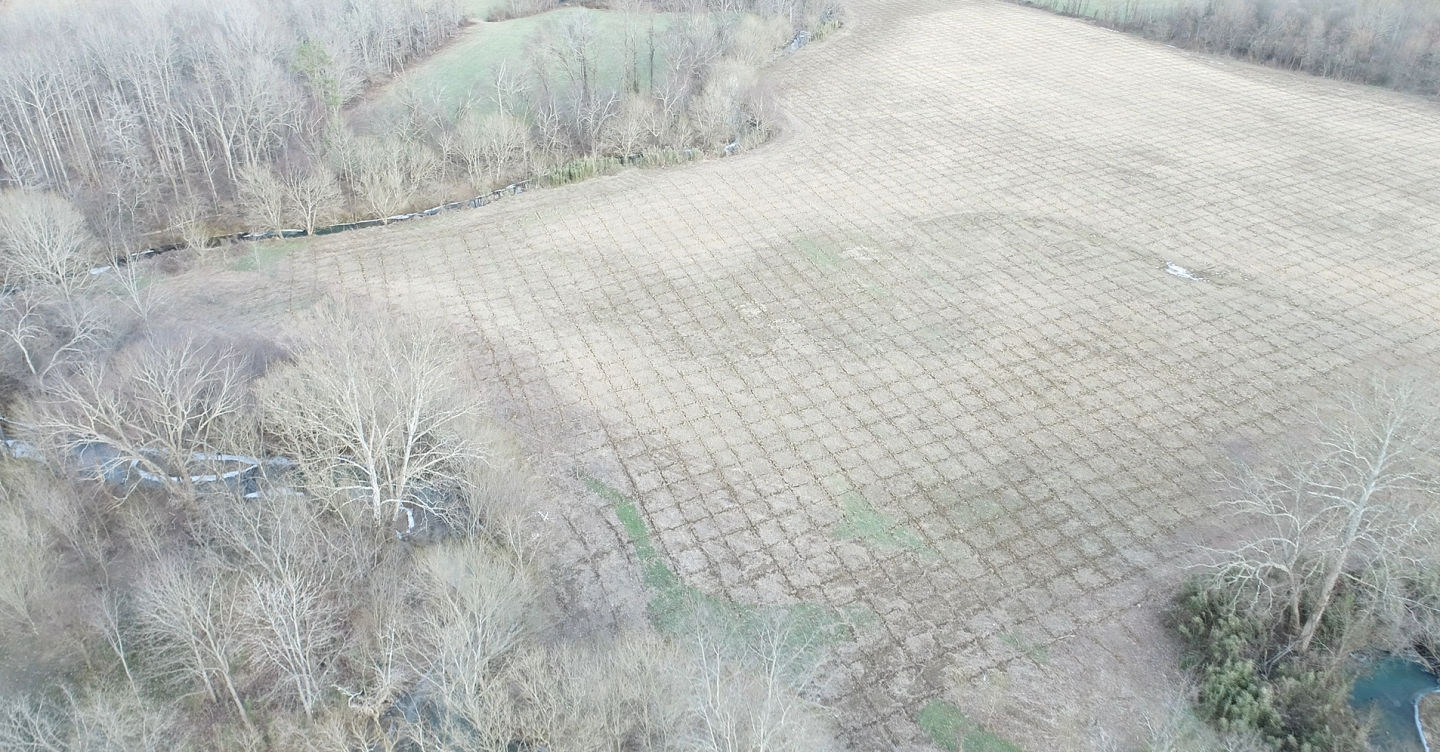Wetlands reserve project provides stable habitat for elk

After years of planning and preparation, the Wetland Reserve Easement Project in Campbell County, Tennessee was completed February 6, 2025.

After years of planning and preparation, the Wetland Reserve Easement Project in Campbell County, Tennessee was completed February 6, 2025. The reserve, colloquially referred to as “Elk Valley” is intended to stabilize environmental conditions for migratory waterfowl and other wetland dependent wildlife. Wetland reserves are some of the most crucial ecosystems on earth. This successful completion marks a significant milestone in local conservation efforts and sets a precedent for future habitat restoration projects. According to Tennessee Department of Agriculture, between 2000 and 2008 approximately 200 elk were released into the North Cumberland Wildlife Management Area in ideal wetlands and grasslands, suitable for species who dwell in these two types of habitats.
“It is one of the largest Wetland Reserve Easement restorations in east Tennessee,” said Robin Mayberry, Natural Resources Conservation Service (NRCS) state biologist for Tennessee. “It has two threatened and endangered fish species documented in the stream that passes through the easement. This means they have extra protections from regulatory agencies.”

NRCS has provided permanent protection of the habitat for various wildlife and has restored the magnificent wetlands it surrounds. Wetlands Reserve Program (WRP) projects and conversationists are actively helping to restore critical ecosystems to improve water quality, reduce flooding, and support native wildlife in Tennessee. Their efforts not only protect the environment but also enhance the well-being of surrounding communities. Additionally, without efforts made earlier by NRCS staff on an adjacent WRP easement, this outcome would not have been possible.
As climactic challenges grow in the environment, these projects play a vital role in building a more sustainable future. It is important for critical ecosystems to improve natural water filtration, enhance habitat connectivity, and strengthen resilience against environmental hardship.


